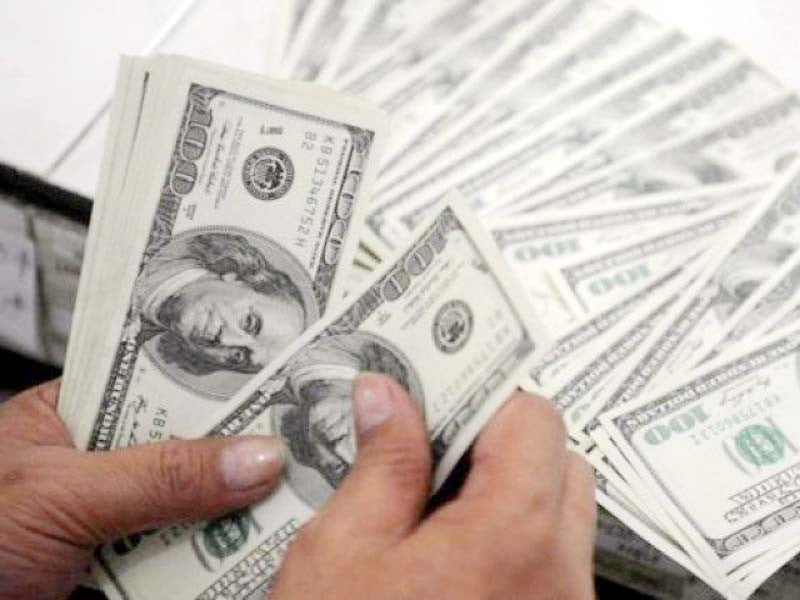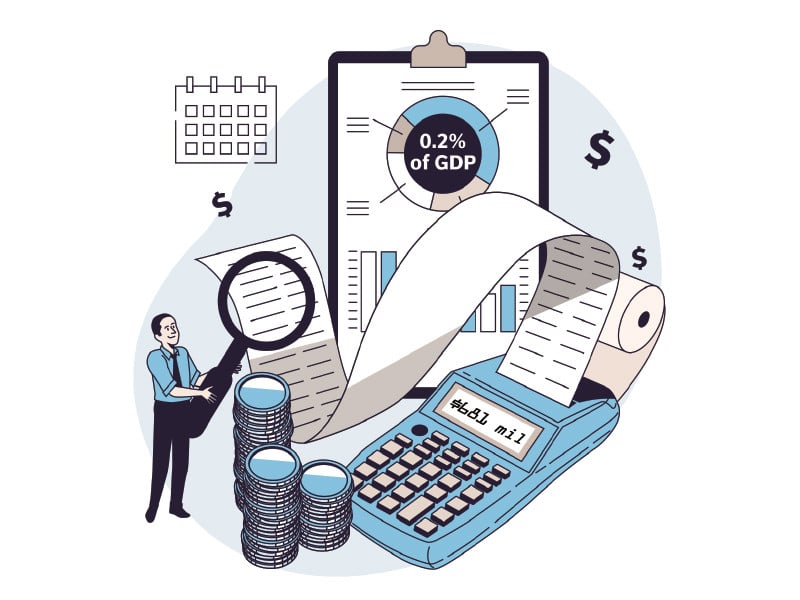By Salman Siddiqui
Published in The Express Tribune on August 13, 2023
KARACHI: The cumulative foreign currency inflows channelled through Roshan Digital Accounts (RDAs) by overseas Pakistanis have exceeded a remarkable milestone of $6.5 billion. Accompanying this feat is a total of over 600,000 accounts established through online banking over the course of the past 35 months, as revealed by the State Bank of Pakistan (SBP).
In a message of gratitude, the SBP took to its official Twitter handle, stating, “we thank our overseas Pakistanis for their valued trust.”
The central bank data illustrates that by the end of June 2023, the inflows reached $6.35 billion, while the total number of accounts stood at 585,885. This data reveals a robust growth in gross receipts over the past six weeks, culminating on August 11, 2023, by $150 million. Notably, over the past one-and-a-half months, the number of accounts surged by more than 14,000.
Experts in the financial realm acknowledge the pivotal role RDA funds have played in stabilising the nation’s foreign exchange reserves. However, these flows have witnessed a significant slowdown during the past 16 months of the Pakistan Muslim League-Nawaz (PML-N) government’s tenure, attributed to a combination of global and local economic slowdowns and heightened political uncertainty.
Sana Tawfik, an economist at Arif Habib Limited, anticipates that once political stability is achieved through the upcoming general elections, inflows would regain their momentum. Tawfik emphasises the vital connection between stability and both economic equilibrium and the attraction of investments to the country.
Tawfik suggests that the new government must align the rate of return on Naya Pakistan Certificates (NPC) with global trends to enhance their appeal to non-resident Pakistanis. The prevailing high global inflation rates and interest scenarios have driven US treasury bonds’ returns to 5.36%, in stark contrast to the sub-1% rates before the Russia-Ukraine conflict in February 2022 and the onset of the Covid-19 pandemic.
While the PML-N government revised NPC rates to a maximum of 7-7.5%, Tawfik deems this increase insufficient, given the tight global liquidity situation and monetary policies.

Tawfik notes the emergence of foreign investment, including from overseas Pakistanis, in the Pakistan Stock Exchange (PSX) since the IMF granted a $3 billion loan to Pakistan in late June. This development raises optimism for a resurgence in RDA inflows, she said.
March 2022 saw a record monthly inflow of $290 million, marking the final month of the Pakistan Tehreek-e-Insaaf (PTI) government’s tenure. The central bank is yet to report the RDA data for July and August. Available June 2023 data reveals that non-resident Pakistanis contributed $3.77 billion to the Pakistani economy while withdrawing $1.45 billion from their accounts. Consequently, the net repatriable liabilities totalled $1.12 billion out of the total June inflows of $6.35 billion.
Overseas Pakistanis have strategically invested their repatriable funds, partly in Naya Pakistan Certificates, designed for non-resident and resident Pakistanis with assets abroad, and in the Pakistan Stock Exchange, alongside deposits in domestic bank accounts.
Analysts note that RDA was a PTI government initiative, introduced by the central bank in September 2022. While the PML-N government, which completed its parliamentary term on August 9, 2023, did not fully embrace the product, Tawfik contends that political instability, economic deceleration, high inflation readings, and elevated interest rates globally and locally have collectively contributed to the slowdown in RDA inflows.
Tawfik underscores that RDA is a central bank product, immune to the shifts in political leadership, as the institution retains its operational autonomy. As global and local inflation and interest rates subside, liquidity availability for global investors, including overseas Pakistanis, is poised to increase, stimulating further investments.
Tawfik projects a moderate revival of the Pakistan economy, estimating a growth rate of 3.5% in the current fiscal year 2024, a substantial rebound from the previous fiscal year’s 0.3% growth. Similarly, the central bank foresees the country’s foreign exchange reserves surpassing the $10 billion mark by June 30, 2024.






